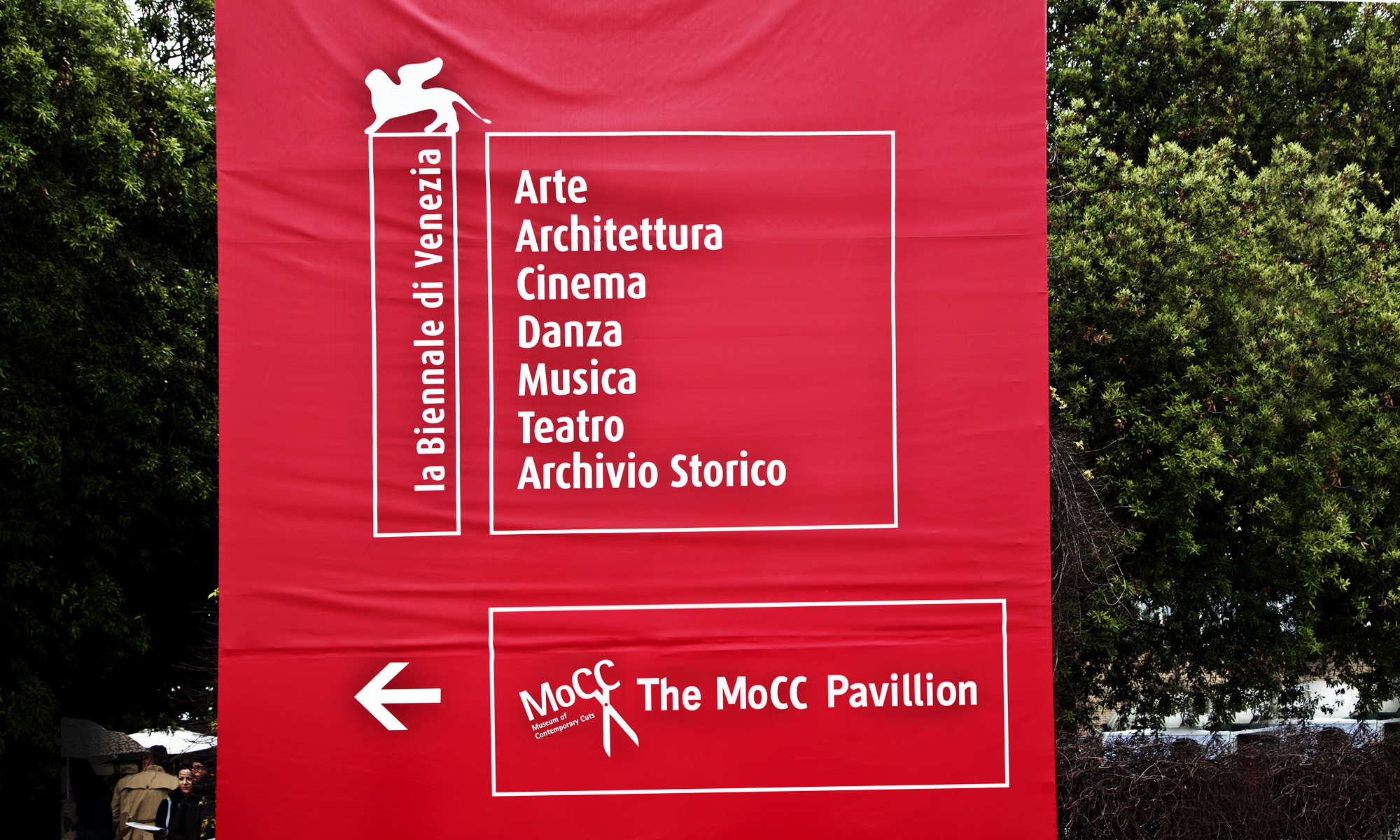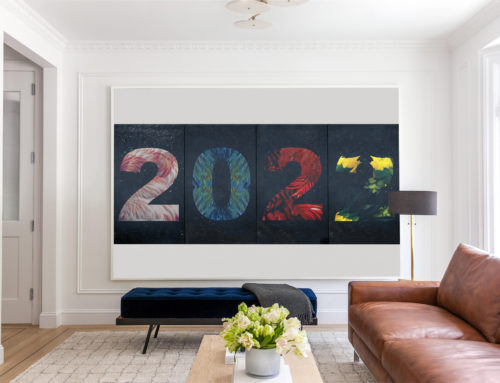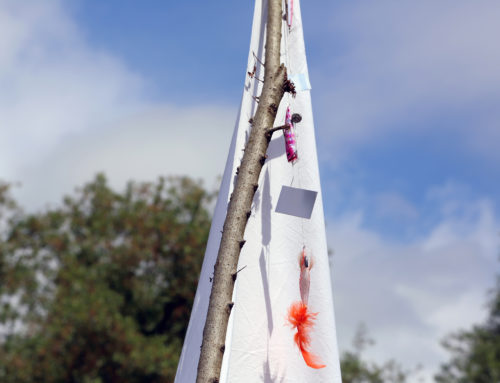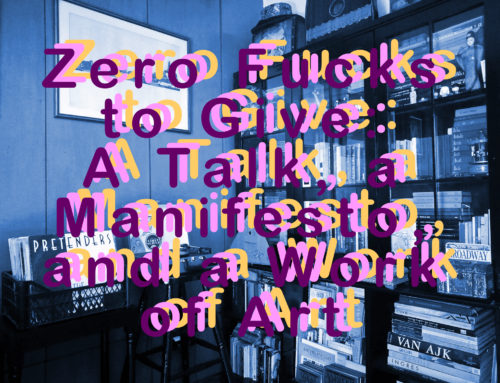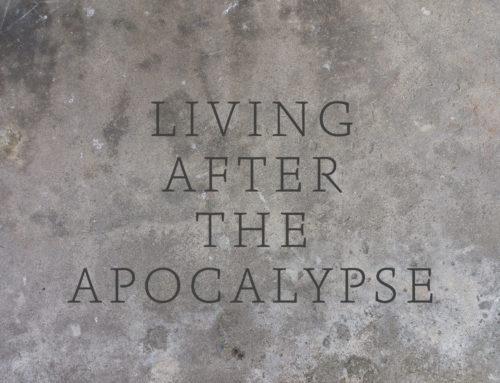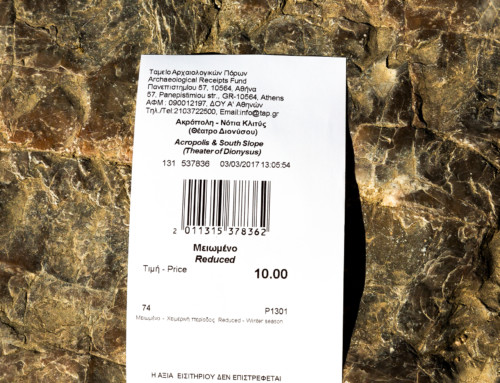The MoCC Pavillion at the Venice Bienniale is a phantasmic representation of the Museum of Contemporary Cuts. The Museum of Contemporary Cuts decided to respond to the premise of the 55th Venice Biennale “Il Palazzo Enciclopedico” with a metaphorical representation of the process of search, collecting and navigation of large amounts of information, data and events. How do you search through the existing knowledge, in the midst of contemporary encyclopedic information and constant flow of data for the elements that may define your own existence and role within contemporary society? The Museum of Contemporary Cuts responded with a series of hide and seek clues that have created a breadcrumb itinerary across the Venice Biennale. Through a series artworks the MoCC Pavillion visualizes the ‘locating’ effort of engagement and discovery in an encyclopedic and all comprehensive structure that does not allow for other cultural processes than those of consumption, in a process of cultural production increasingly affected by impermanence and complex re-presentation of obviousness complacent to established hierarchies.
The error then, as in the ‘errare’ which means both the wander through and to make a mistake, as in the words of Giuliana Bruno, is also the moment in which the aesthetic discovery is possible. Pavillion, Pavvillion, biennalle, bienial, become alternative possible notions, other data that have been automatically discarded and disregarded in the hierarchies of correctness. If the Pavillion is an alternative route to both Pavillon and Pavilion, the reason is embedded in the cultural underpinning of the word which in Piercean analysis is no longer a sign of meaning, and that after Michel Foucault can only be a sign of madness rather than civilization.
This would still be a viable opportunity if it had not been for a capital that has subsumed and consumed madness itself in order to legitimize its stances and right to existence. The biennial – as the more uncouth call it – or the bienniale – for the posh and rich – are no longer unreadable signs, but acknowledged masquerades within which all but the uncouth participate.
The error and the errare as a systematic methodology of illiteracy (visual and textual) may then become clues to reject the ordered encyclopedia of The Palace – that has all to do with the rich and their preservation of power.
Sifting through the large amount of data of the Palazzo Enciclopedico is therefore – una rottura di cazzo – a process that is constructed through artificial and pre-conceived notions where palazzo, cazzo e pazzo rhyme. “Arriving at the Venice Biennale it means to look for what we already want to find and what we already expect not to find,” said Lanfranco Aceti, the director and founder of MoCC. “Creating this Pavillion was fun and exciting at the same time, since it left things suspended, similarly to a search in the constant process of uploading its results.”
This process, which was curated by Ozden Sahin and Jonathan Munro, led to the production of a series of artworks, which in turn provided material for the creation of the second phase of the MoCC Pavilion at the Istanbul Biennial.
The MoCC Pavilion at the closure of the 55th Istanbul Biennial will be transferred in the city of Istanbul to be the first international Pavilion presented in Istanbul during an edition of the biennial.

